Manhunt begins with a plea: ‘Please find my sister.’
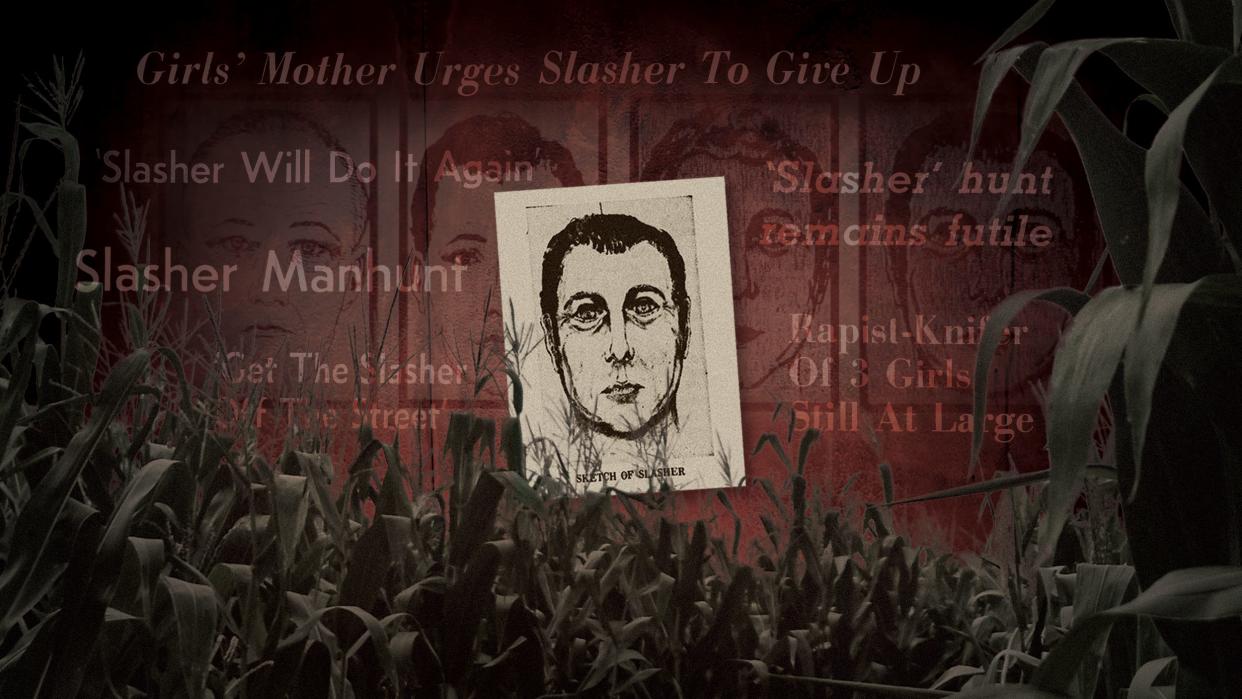
Victor Parsons was driving west on U.S. 40 in Hancock County, Indiana, when his headlights illuminated two girls standing on the side of the road.
It was late on Aug. 19, 1975. Parsons, his brother and buddy were heading to Cumberland, a town just east of Indianapolis, to grab a beer.

In the dim light, Parsons thought the teenage girls were wearing tie-dye shirts. He figured they were hitchhiking and decided not to stop.
“Man, those girls look like they got blood on them,” he heard one of the other guys say as they drove past.
Parsons pulled over his 1968 Cutlass Supreme, and the girls – Kathie Rottler and Kandice Smith – ran up to the car.
The sight, Parsons said, was unreal. The girls were drenched in blood. Clumps of what appeared to be blood or skin hung out of their necks.
The girls climbed in the back seat and Parsons continued driving west, searching for a place with a phone booth.
On the way, Kathie ran through what had happened: how they had hitchhiked with a man who turned out to be a predator, how he’d threatened them with a gun and stabbed them. Most importantly, she told the men that her 11-year-old sister Sheri was missing.
Kandice was struggling to breathe. Weak from blood loss, the 13-year-old wasn’t sure what was real and what was hallucination. She thought she saw Kathie smoking a cigarette, with smoke wafting out of her friend’s open neck.
I’m going to die, Kandice announced to the rest of the car.
You’re not going to die, the man next to her replied, squeezing her hand. Jesus Christ is with you.
The next thing Kandice knew, a flashlight was shining in her face. Parsons had stopped at a nearby Motel 8, his friend had reported an emergency and help had arrived.
You can get out of the car now, an officer told her.
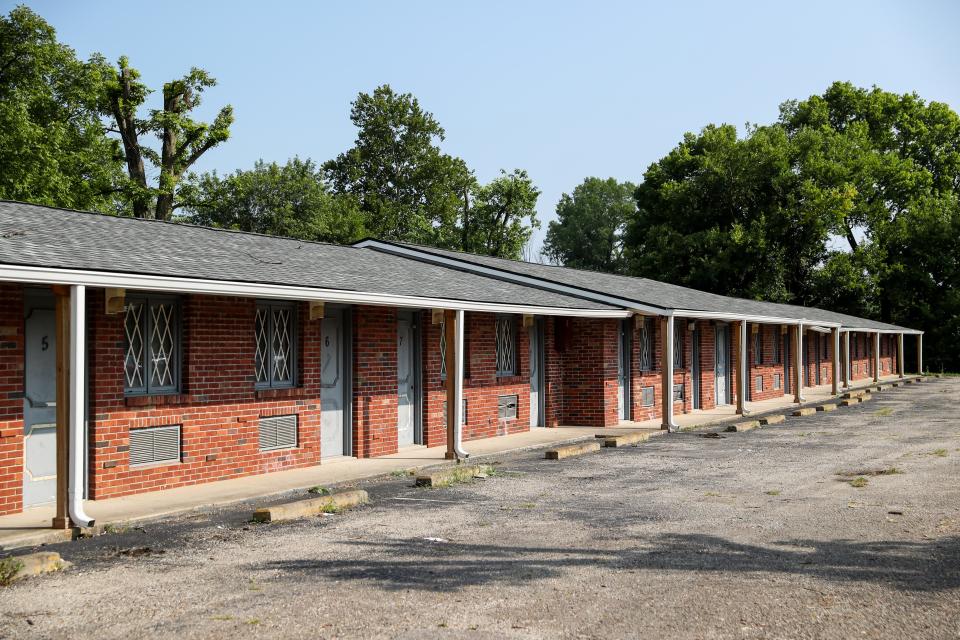
Part 1 quicklink: Three girls hitched a ride to a teen hangout. They never got there.
Lost, and found

That officer, 25-year-old Gary Maxey, was stunned by the girls’ condition. On TV, he said, when someone’s throat is cut, it looks like a razor thin line. That was not the case here. The girls looked like they’d been repeatedly cut with a dull knife. Maxey could see the entire inside of their necks.
“I'll tell you what it looked like,” he said. “It looked like an accordion.”
Kathie had a singular focus: her missing little sister. Had the man taken Sheri with him when he left? Was she still in the cornfield? Frantic, terrified, her words jumbling together, Kathie tried to tell police everything all at once.
She begged them to find Sheri.
Cumberland Town Marshal Jerry Priest gave the girls first aid while Maxey and another officer drove to the cornfield where the girls had been attacked. Parsons and his friend followed, to help with the search.
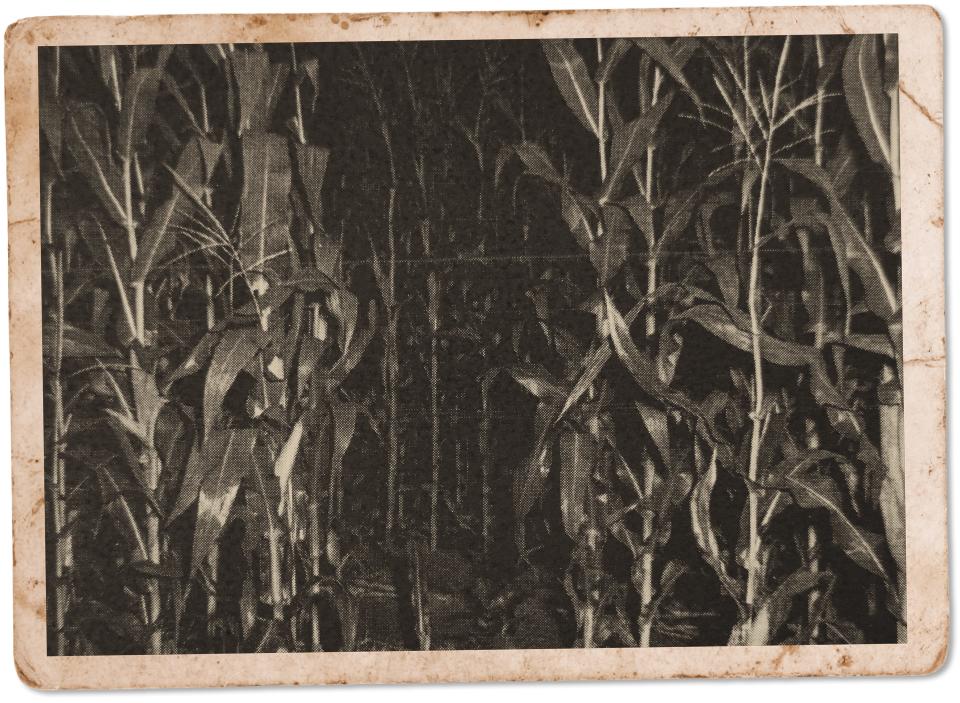
At the officers’ request, Parsons waited at the end of the farmer’s lane in case Sheri walked that way. The other men scoured the cornfield, row by row, their flashlights sweeping side to side as they called her name.
Maxey heard a moan. He stopped, listening closely. More moaning.
They found Sheri four corn rows from the lane, a blood-stained cloth wrapped around her throat.
Later, police learned the man had stabbed Sheri until she passed out. Then, after hurting Kathie and Kandice, he had returned to Sheri and pressed his hand to her chest to check for a heartbeat. The young girl briefly regained consciousness, her eyes popping open. So the man stabbed her in the chest. He did it again. And again. And again. More than a dozen times in all.
She needed immediate medical attention.
Police scooped up the woozy 11-year-old and laid her on the trunk of the police car until an ambulance arrived. She would rejoin her sister and Kandice at Community Hospital East in Indianapolis.
Sheri was rushed into the operating room to close and repair injuries from the rape and stabbing, medical records show. Doctors counted 17 stab wounds on her upper chest alone.
Kandice and Kathie also were admitted into the hospital for treatment, their injuries less severe than Sheri’s.
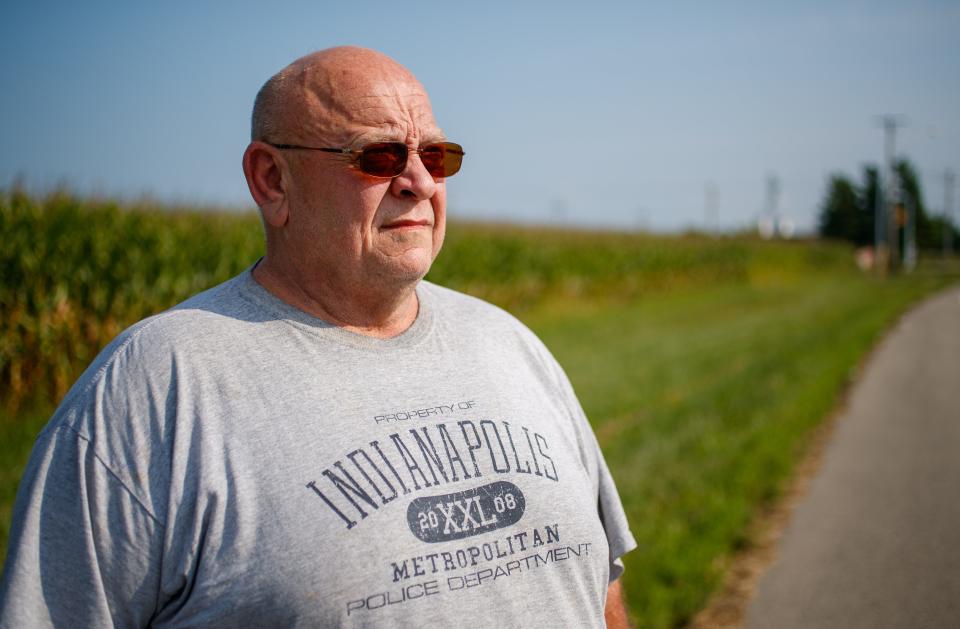
First police investigation

As the girls recovered, police launched a multiagency manhunt for the attacker and his vehicle.
The Marion County Sheriff’s Office alone assigned 12 detectives to the case. The Hancock County Sheriff’s Office, Indiana State Police and Cumberland town marshal joined the investigation.
When authorities released details of the man’s appearance and, later, a sketch of his face based on the girls’ recollections, they were inundated with calls.
Strangers turned in strangers. Neighbors turned in neighbors. Wives turned in husbands.
On one such call, Maxey said, he was sent to check out a man sleeping on fresh graves in Washington Park Cemetery.
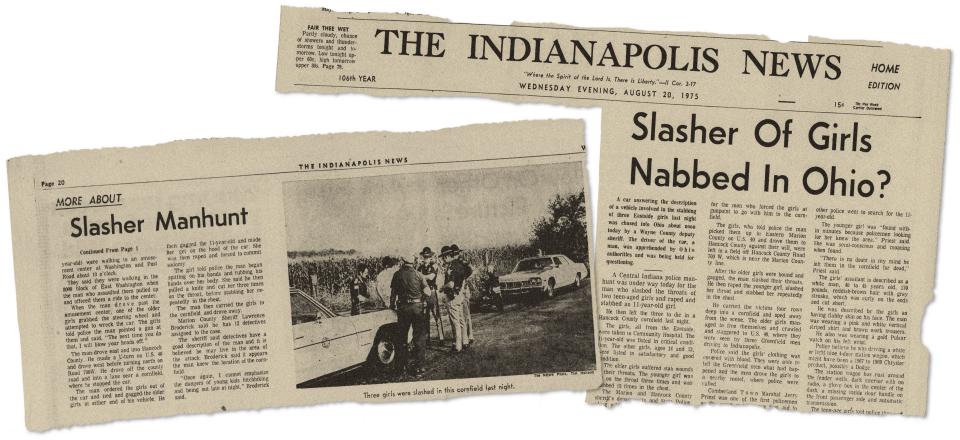
Police followed another man across the state line into Ohio. He was pulled over by law enforcement there and agreed to allow them to search his station wagon.
At one point, police said the description of the man who had attacked the girls closely matched that of a serial child molester who had been abducting and raping young girls in the area for two years.
In all, within four months of the attack, detectives pursued hundreds of leads in Indiana and surrounding states.
“We would be over at friends’ houses, and Dad would call: ‘I’m coming to pick you up. Gotta go downtown for a lineup.’ ‘Gotta come home. Going to have another interview.’ ‘Got more pictures to look at,’” Kathie recalled. “It was hard getting back to being a kid.”
Kathie said police had her take a polygraph test because she seemed to remember the most. Kandice said she was hypnotized for the case. All three girls had flipped through numerous photo arrays of suspects and station wagons, and they had gone to several lineups. But no one had been positively identified; no one had been arrested; no one was him.
Then there was a break in the case.
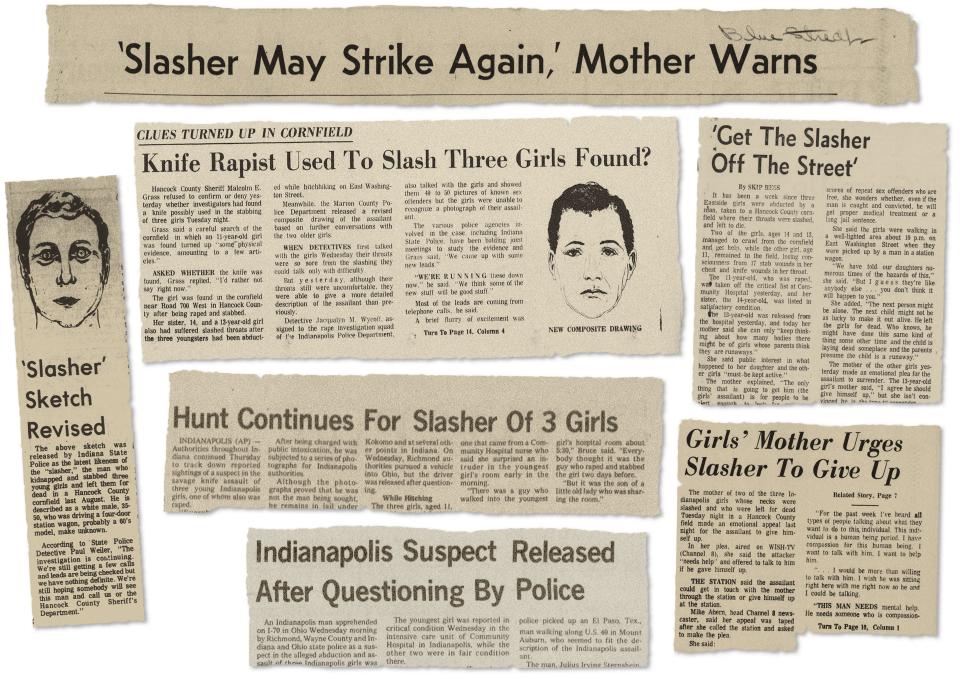
Tangled jurisdiction

In November 1975, police in Shelbyville, Indiana, noticed that a man in their custody on suspicion of theft resembled the sketch of the girls’ attacker. He owned the same kind of car. And he’d been released from a different jail three days before the girls’ attack after serving 60 days for stealing a lawn mower from Kmart.
Other facts seemed too eerie to ignore.
The man’s wife told police that shortly after getting out of jail in August, her husband had come home one night in a pink-and-white striped shirt – the same kind of shirt the girls’ attacker had been wearing – with a tear and numerous stains that looked like what might come from a nosebleed. She said she burned the shirt at his request. A knife was missing. Her husband had recently replaced their clothesline, and her description of the old one sounded similar to the rope that had been used to tie the girls’ hands.
The woman also said her husband’s car had been missing a door handle and armrest for about two weeks in August.
Police transported the man to Indianapolis for a physical lineup.
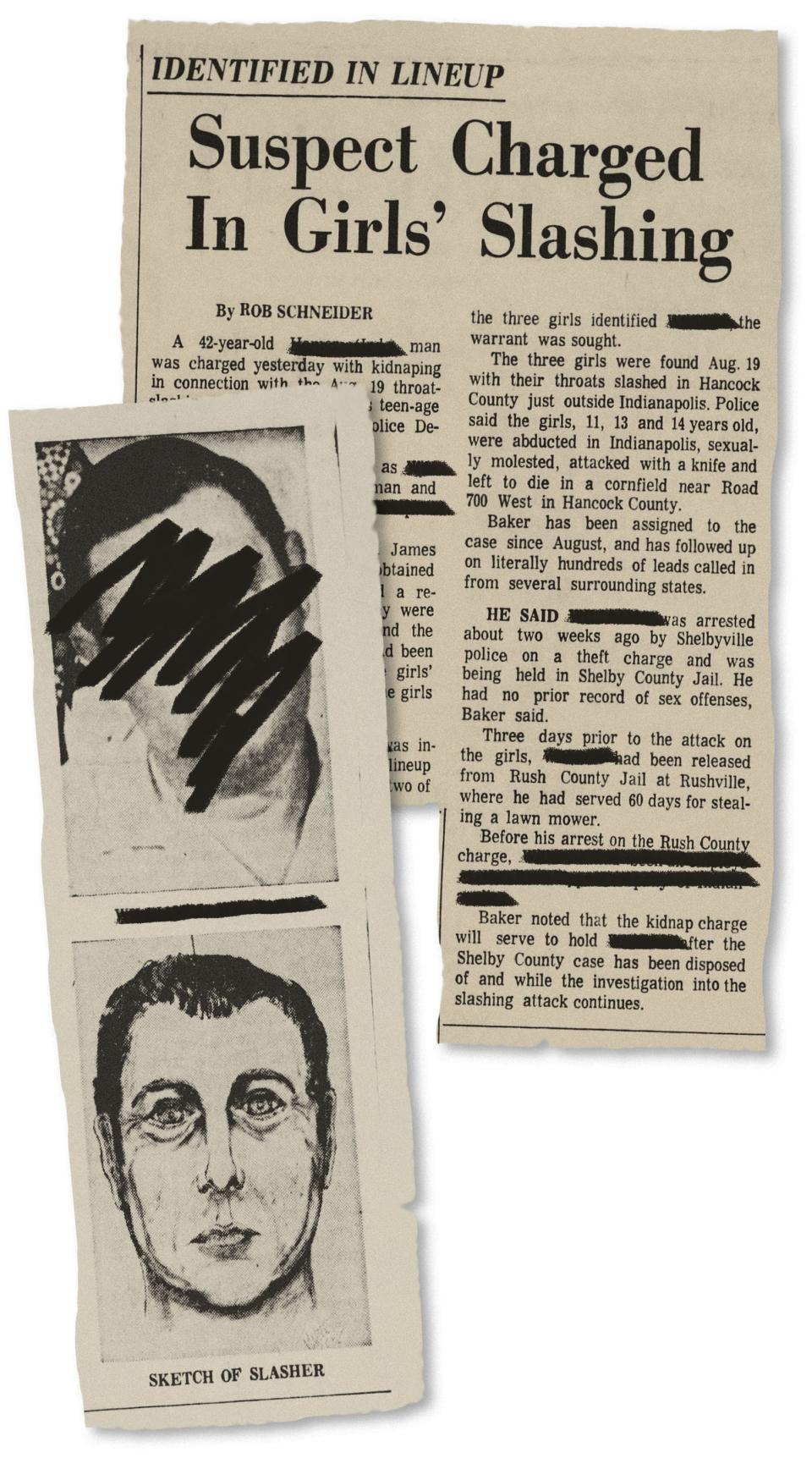
Kathie identified him as her attacker out of a group of about half a dozen men. Kandice did, too. Sheri said the man’s voice sounded like her attacker’s, but she wasn’t sure about his face. She didn’t think it was him.
Marion County detective Sgt. James Dell Baker said he believed they had enough evidence to seek criminal charges.
But the investigation was complicated by disagreements over who had jurisdiction. The girls’ kidnapping had taken place in Marion County; the attack occurred in Hancock County.
Baker, the lead detective, felt strongly that Marion County had the authority to follow the case wherever it led. He wanted Marion County prosecutors to charge the man with kidnapping.
But Hancock County Prosecutor Dean Dobbins told reporters he worried the man would claim double jeopardy if he was charged in both counties. Dobbins wanted any charges to be filed in Hancock County.
On Dec. 5, 1975, Dobbins announced no criminal charges would be filed against the man in custody.
The prosecutor said there was not enough evidence to charge him with a crime. The girls couldn’t pick his station wagon out of a group of cars. The man’s wife had burned his shirt. And a polygraph test administered by Indiana State Police indicated the man was telling the truth when he said he was innocent.
Kandice remembers police showing up at her parents’ house to share the update.
We don’t have enough evidence to prove it was him, she remembers a detective telling her. They let him go.
Police didn’t know it, not then, but they had the wrong man anyway. The monster who hurt the girls was closer than anyone imagined. He lived about four miles from Kathie and Sheri’s house.
For a time, the case went cold.
The aftermath

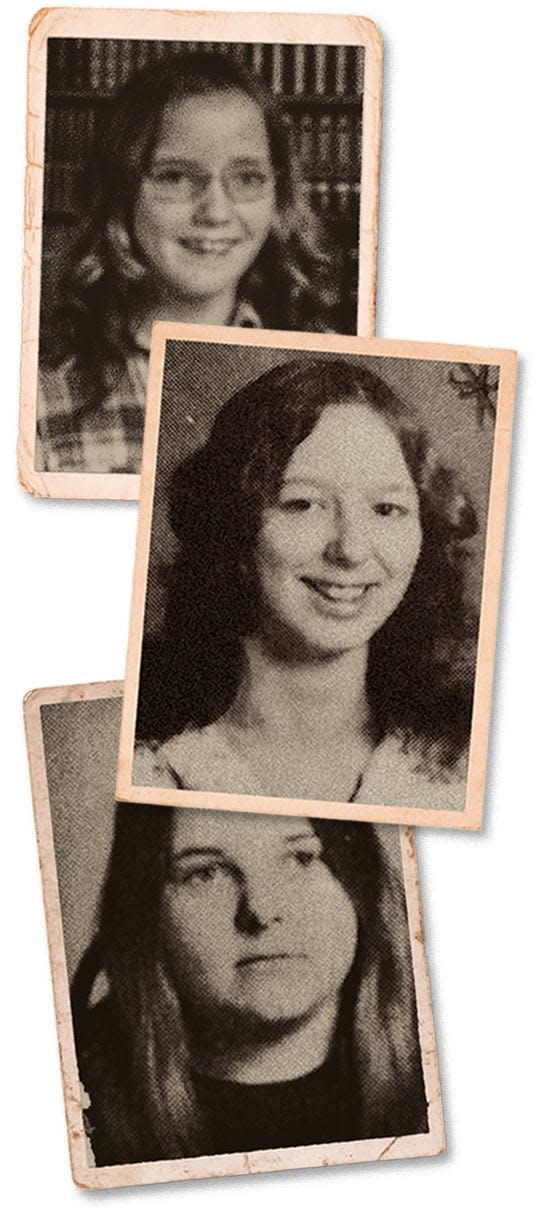
To the girls, it seemed like everyone – police, the media, their parents – was ready to move on. But for Kathie, Kandice and Sheri, that wasn’t so simple.
School was difficult. The girls’ names had been published in one of the local newspapers, and they had visible wounds on their faces, necks or chests. It seemed like everyone had something to say about what had happened to them.
You shouldn’t have been hitchhiking, one elementary school classmate told Sheri. The 11-year-old tried to hide her scars with higher-necked shirts. She was ashamed of them.
Hey Frankenstein, one of Kandice’s classmates greeted her in front of the junior high school cafeteria. The 13-year-old’s older sister shoved the boy to the ground.
At one point after the attack, Kathie had to go to school with a tube in her throat. Another student noticed it leaking through the gauze on her neck. Hey Rottler, he called, referring to Kathie by her last name. Are you Frankenstein now? You’ve got food coming out of your neck.
She would eventually quit school and get her GED. But the snide comments and questions were the least of what the girls endured. That night, in that cornfield, they lost something they would never get back: their innocence.
No longer did the girls feel safe. No longer did they trust adults to do the right thing. No longer did they believe the night was nothing to fear.
Kandice would eventually be diagnosed with post-traumatic stress disorder and depression. She battled nightmares about the attacks. “I’m always looking around my surroundings,” she said.
Kathie and Sheri’s parents, who were divorced, refused to talk about the attack. The girls remember them arguing about whether their daughters needed counseling.
Kathie had to relearn how to speak properly because the knife had carved into her vocal cords and the right side of her tongue. Several nerves were damaged beyond repair. She sometimes started choking for no reason.
Sheri seemed to be a shadow of her former self. She repeatedly suffered flashbacks of the night of the attack.
“It wasn’t so happy anymore,” Kathie and Sheri’s sister Tami Rogers said. “It’s just like they’re – that person is gone. Never to come back to who they were.”
There would be struggles with alcohol and drugs into adulthood. Relationships could be challenging.
And there were emotional triggers – particularly seeing someone else with their thumb out for a ride.
Sheri said she once became so upset that she threw a beer bottle at a hitchhiker. Kathie said she stopped numerous girls from hitchhiking, giving them bus fare. She even followed a man who had picked up hitchhikers, to make sure he took them to their destination.
Kandice said the attack also made her more alert, more able to defend herself and more compassionate toward others. “It’s made me a stronger person,” she said.
But that strength came at a high cost.
“It’s been a lifelong journey dealing with it,” Kathie said.
“Sometimes daily,” Sheri added. “Most of the time daily.”
Every anniversary of the attack became a reminder of what they had endured. And the lack of answers gnawed at them. Was he still out there? Was he hurting others?
Back when Kathie was 16 and working at White Castle, a man came up to the register. She asked for his order.
The man ran his finger along his throat. I did a good job, didn’t I? he asked.
Kathie panicked and ran to the back of the restaurant. It wasn’t the only time something like that happened. There was no peace, no sense of security.
She had no way of knowing that by then, their attacker had moved on with his life – married, divorced and moved out of state – even as she fought to move ahead with hers.
One year, Kathie sent Thanksgiving cards to Indiana State Police and the Marion County and Hancock County sheriff’s offices – the three agencies that had investigated the girls’ case.
Thanks for nothing, she wrote.
Sheri tried to forgive the man who hurt her, more for herself than for him. Some days she was better at it than others.
“No, I don’t want him dead,” Sheri said. “I want him to suffer, just like he made us suffer. Every single day.”
Hope for an answer

In 1990, after 15 years of waiting and wondering, the women heard from another detective with the Marion County sheriff’s office. Their case had been reopened.
That detective, Sgt. Steven Gibbs, said Ohio authorities had contacted the sheriff’s office about a lead on a potential suspect in a series of cases in Ohio and eastern Indiana. Somehow the girls’ case had come on their radar, and Gibbs’ boss was looking for someone to take another look.
A year earlier, Gibbs and another detective had successfully solved a cold case involving two murders. Gibbs volunteered to investigate the girls’ attack.
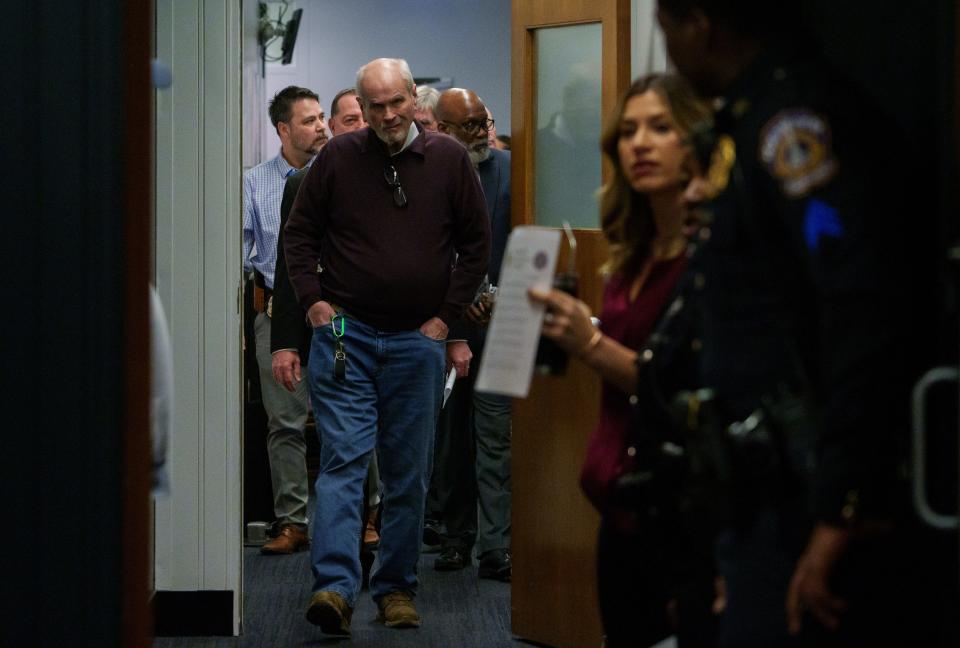
“This struck me as being – I would hate to use the word 'professional' – but he was a hunter of victims,” he said. “Once you’re in his car, it’s like being caught in a spiderweb. There’s no getting out.”
Gibbs quickly realized he’d underestimated how difficult the case would be. He flipped through the old police file and found no one had taken a taped statement from Kathie, Kandice or Sheri in 1975. He asked the women to come in for interviews.
“It’s about damn time somebody called,” Kathie recalled thinking. “I was shocked that anybody even was bothering with it anymore.”
Gibbs drove to Ohio to speak with authorities there. He tried to build out the thin case file. But he got little traction.
The women were likely blown as eyewitnesses, Gibbs said, because of mistakes in the 1975 investigation. He said the original detectives messed up by showing Kathie, Kandice and Sheri a photo of the first suspect before putting him in a physical lineup.
“That amazed me,” Gibbs said. “That is just totally, totally wrong.”
He kept the case file on his desk for months, hoping he could break something loose. He tried again in 2003. But eventually, he felt there was nothing else he could do.
“I wish the detectives originally had done a little better job. I wish we’d never picked it back up,” he said. “Because I think these women had made a good effort at reclaiming their lives and starting afresh, and here I come like a bull in a china shop bringing all these things back up in their memories without really a chance to resolve it for them. I think I was just doing my job, but should I have, or should I not have?”
The case continued to bother him for decades.
“I’m embarrassed that I failed,” Gibbs told USA TODAY in 2018. “Is that an answer to your question? I don’t like failure. I’ve never liked failure.”
Gibbs didn’t know it at the time, but his work had laid the foundation for what came next.
To read the rest of this series, click here.
Indianapolis Star reporter Tony Cook contributed to this story.
Part 3 quicklink: ‘Your case is NOT forgotten.’ But it keeps turning up cold.
Read the entire series: Slasher: A vicious abduction and assault of three teens that stayed unsolved for decades
This article originally appeared on USA TODAY: Manhunt launches after assault of 3 Indiana teens, but twists emerge

